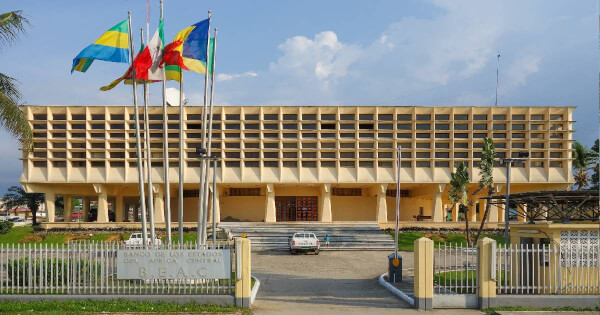Iran Completes Pre-Pilot Phase for Digital Rial
Luisa Crawford Mar 07, 2023 09:06
Iran's central bank has completed a pre-pilot phase for its digital rial, according to an official statement by the Monetary and Banking Research Institute. The CBDC will align with the rules governing the national currency, the Iranian rial, and be distributed among individuals and banks. Ten banks have applied to join the project, and all banks and credit institutions in Iran are expected to start offering electronic wallets for the digital currency.

Iran's Central Bank is making progress with its plans to launch a digital version of the national currency, the rial. The Central Bank of Iran (CBI) recently completed the pre-pilot phase for the country's central bank digital currency (CBDC), according to an official statement by CBI's research arm, the Monetary and Banking Research Institute (MBRI). The news was announced by Mohammad Reza Mani Yekta, head of the CBI office for supervising payment systems, at the ninth annual conference on electronic banking and payment systems on February 20.
Mani Yekta stated that the pre-pilot phase ended successfully, with valuable achievements. The CBDC pilot will soon be launched in other ecosystems and used by more users. He also noted that the rules governing the digital rial will align with those established for rial banknotes. The CBDC will be distributed among individuals and banks, and its infrastructure will recreate some blockchain features.
Ten banks in Iran have reportedly applied to join the digital rial project, including Bank Melli, Bank Mellat, and Bank Tejarat, which were involved in the experimental phase. All banks and credit institutions in Iran are expected to start offering electronic wallets for the digital currency. The CBDC pilot aims to improve financial inclusion and compete with global stablecoins.
The CBI started planning to launch a CBDC pilot in January 2022, following years of initial research since 2017. The regulator reportedly started rolling out the CBDC pilot in September 2022. Iran's digital rial project, also known as the "crypto rial," is pegged to the national currency at a 1:1 ratio. The digital currency runs on a platform known as Borna, which was developed using Hyperledger Fabric, the open-source enterprise blockchain platform established by IBM.
The news comes amid reports that Iranian authorities are preparing to meet with the Bank of Russia's governor, Elvira Nabiullina, who is expected to visit Iran in the near future. Russia and Iran have reportedly been working together to create a gold-backed stablecoin that would serve as a payment method in foreign trade. While the two projects are separate, they both indicate a trend toward digital currencies being used to facilitate cross-border transactions.
Image source: Shutterstock.jpg)
